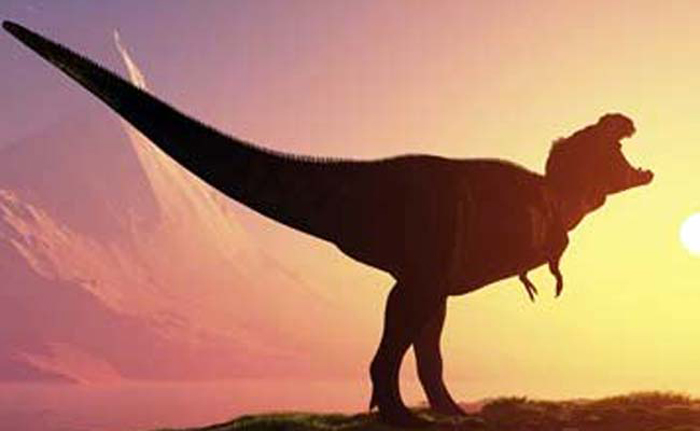The two events roiled Earth by throwing dust, ash and harmful fumes like carbon dioxide and sulfur dioxide into the air, altering the climate and killing off about 75 percent of all species in one of Earth`s worst mass extinctions.
The researchers said the asteroid strike occurred 66.04 million years ago, plus or minus about 30,000 years.
They said eruptions in a region called the Deccan Traps were already underway at a lower intensity but dramatically accelerated after the asteroid strike as if the powerful impact triggered it. The dating method they used found this acceleration began within 50,000 years of the impact, but it could have been in the mere days, months or years afterward.
"Within measurement error, they`re simultaneous," said volcanologist Loyc Vanderkluysen of Philadelphia`s Drexel University.
"The two processes in tandem caused the extinctions," added Paul Renne, director of the Berkeley Geochronology Center and a University of California, Berkeley geologist, who led the study in the journal Science.
Scientists have debated for about 35 years which of the two disasters drove the extinction, some touting one while calling the other inconsequential.
"The debate has been contentious," Renne said. "Now it`s time to stop dismissing one cause or the other. They clearly happened at the same time and both contributed."
"An asteroid 10 kilometers across, about the size of Manhattan, hitting the Earth is traumatic enough. But what followed were the largest volcanic eruptions the Earth had seen in 60 million years. And in their wake would have come 4,000 centuries of changing climate, ocean acidification and acid rains," Vanderkluysen added.
The Deccan eruptions lasted 420,000 years after the asteroid and extruded enough lava to cover the continental United States 600 feet (180 meters) deep.
"We as humans wouldn`t be here if the dinosaurs had not been wiped out," said Cal-Berkeley geophysicist Mark Richards, noting the extinction at the Cretaceous Period`s end paved the way for mammals to become the dominant land animals.
More about:
















































